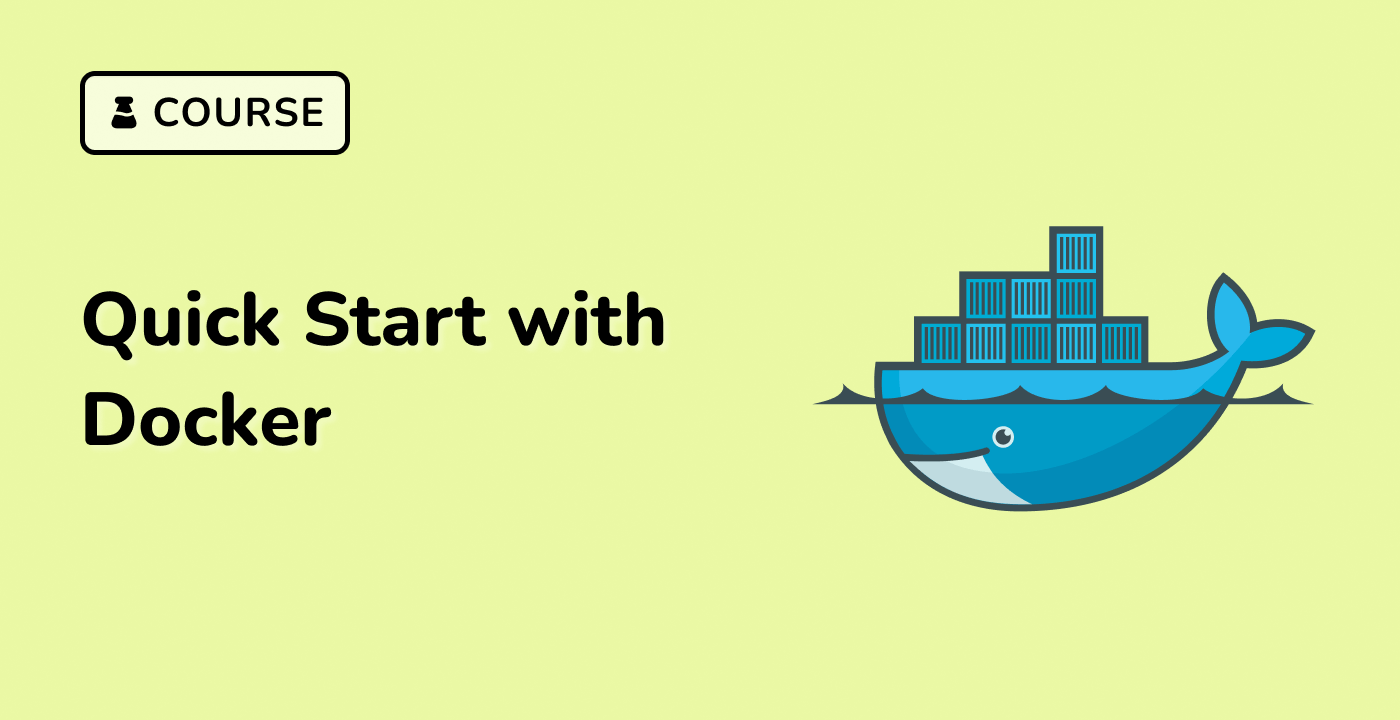Introduction to Docker and Containers
Docker is a popular open-source platform that enables the development, deployment, and management of applications using containers. Containers are lightweight, standalone, and executable software packages that include everything an application needs to run, including the code, runtime, system tools, and libraries.
What is Docker?
Docker is a tool designed to make it easier to create, deploy, and run applications by using containers. Containers allow a developer to package up an application with all of the parts it needs, such as libraries and other dependencies, and ship it all out as one package.
Benefits of Using Docker
- Consistency: Containers ensure that your application will run the same way, regardless of the environment it is deployed in.
- Scalability: Containers can be easily scaled up or down to meet the demands of your application.
- Portability: Containers can be run on any system that has Docker installed, making it easy to move your application between different environments.
- Efficiency: Containers are lightweight and use fewer resources than virtual machines, making them more efficient to run.
Docker Architecture
Docker uses a client-server architecture, where the Docker client communicates with the Docker daemon, which is responsible for building, running, and distributing Docker containers.
graph LD
subgraph Docker Architecture
client((Docker Client))
daemon((Docker Daemon))
registry((Docker Registry))
client --> daemon
daemon --> registry
end
Docker Containers
Docker containers are the basic building blocks of Docker. A container is a standard unit of software that packages up code and all its dependencies, so the application runs quickly and reliably from one computing environment to another.
graph LD
subgraph Docker Container
app((Application))
runtime((Runtime))
libs((Libraries))
bin((Binaries))
end
Docker Images
Docker images are the basis for containers. An image is a lightweight, standalone, executable package of software that includes everything needed to run an application: the code, a runtime, libraries, environment variables, and configuration files.




